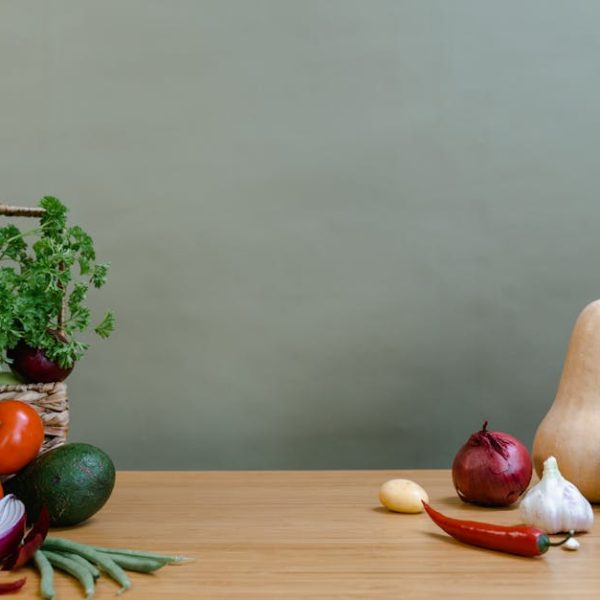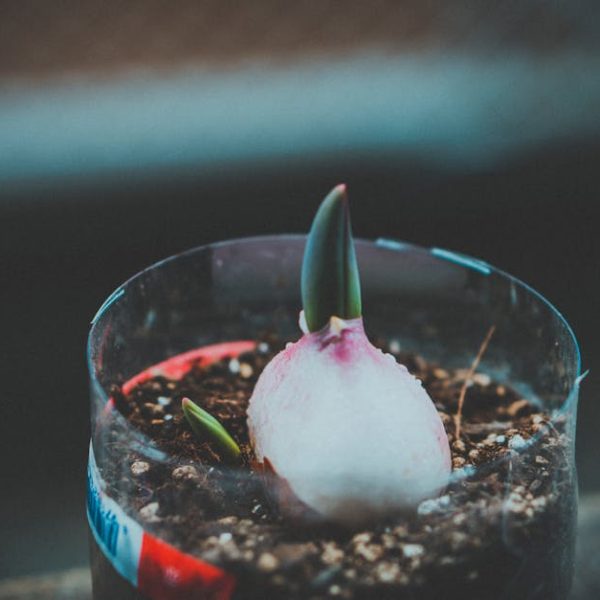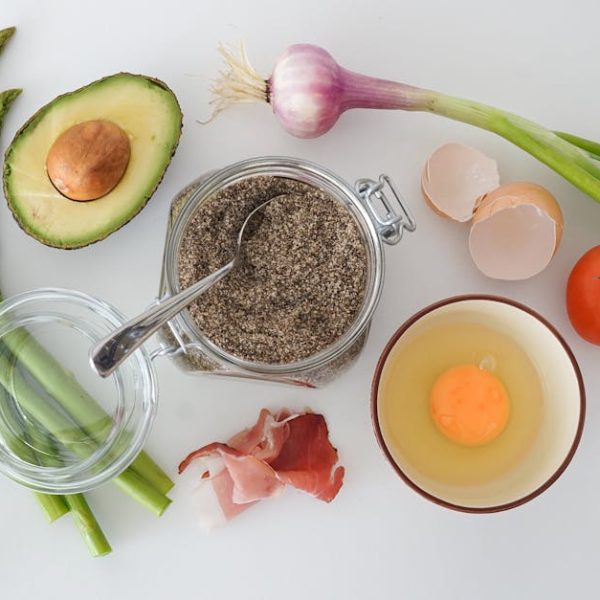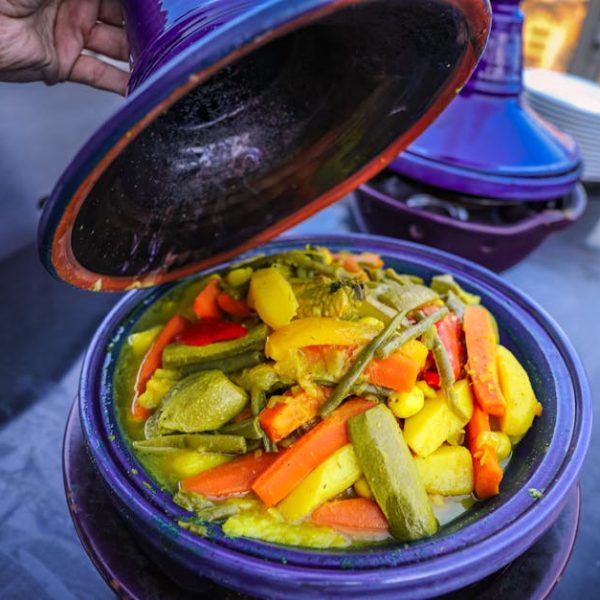At first glance, leeks and green onions might look quite similar, but they’re two distinct alliums with different attributes, uses, and origins. While they share membership in the Allium genus—alongside garlic, shallots, and chives—their unique qualities set them apart. In this article, we delve deeper into the comparison between the often-confused leeks versus green onions.
Understanding the Origins and Botanical Features
Leeks and green onions, while hailing from the same botanical family, have their unique visual and growth characteristics. Leeks are characterized by broad, flat leaves and a thick, cylindrical white stalk that doesn’t form a bulb—indicating their preference for cool climates. Originating from Central Asia, these hardy vegetables have been cultivated for centuries.
Green onions, also known as scallions or spring onions, are much milder in taste, thinner, and have a darker green, hollow tube-like structure. They are bulb-forming and boast a more widespread cultivation globally, given their versatility in growth conditions.
▶️ Pro tip: A quick visual giveaway between the two is the bulb formation at the base. Green onions form bulbs, whereas leeks do not.
The Culinary Uses of Leeks vs Green Onions
When it comes to flavor profiles, leeks are known for their sweet, subtle flavor and creamy texture when cooked—making them a standout addition to soups, stews, and quiches. They also make great accompaniments to poultry and seafood.
In contrast, green onions have a more intense flavor that works wonderfully well both raw and cooked. Green onion adds a punch of flavor to salads, garnishes, stir-fries, and noodle dishes. Notably, different parts of green onions are preferred for various dishes—the white bulb for its pungency and the green tops for a milder, herby essence.
Best practice: Always wash leeks thoroughly before cooking to remove the hidden dirt between the layers. For green onions, remember to separate the white and green parts as they have varying cooking times.
Nutritional Values of Leeks and Green Onions
Both leeks and green onions are nutrient-dense, though their nutritional profiles vary slightly. Leeks are high in vitamins A, C, and K, along with several essential minerals. Green onions, on the other hand, offer a significant dose of vitamin K, and they’re an excellent source of vitamin C and vitamin A.
▶️ Pro tip: Adding both leeks and green onions to your diet could boost vitamin intake and contribute to overall well-being, given their varied nutrient content.
Propagation and Growth Comparison: Leeks vs Green Onions
In terms of cultivation, leeks require a lengthier maturation period—up to 120 days—compared to green onions, which may be ready for harvest in just one month. This difference could influence their pricing and availability in markets.
Pro tip: If you’re planning to grow your own, remember that leeks take more time to mature but are usually more tolerant to cold than green onions. So plan your crop according to your local climate and patience levels!
Storage and Shelf Life of Leeks and Green Onions
Proper storage significantly extends the freshness and usability of both leeks and green onions. Leeks should be refrigerated unwashed and untrimmed in a plastic bag, where they can last for up to 2 weeks. On the other hand, green onions are best stored in a jar of water, covering just the roots, and placed in the refrigerator. This method can keep them fresh for as long as a week.
It’s crucial to monitor for any signs of spoilage—wilting, slimy layers, off smells—and remove the spoiled pieces before they affect the rest.
Best Practice: Check your leeks and green onions regularly for freshness and use the older ones first.
Leeks vs Green Onions: A Quick Recap
Let’s summarize the differences we’ve discussed:
| Leeks | Green Onions | |
|---|---|---|
| Origins and Features | Originating from Central Asia, leeks have broad, flat leaves with non-bulb-forming thick white stalks. | Green onions possess a milder taste compared to leeks, form bulbs, and are thinner and darker green. |
| Culinary Uses | A great add-on in soups, stews, and quiches due to their subtle and sweet flavor. They complement poultry and seafood quite well. | Green onions are versatile—with sharp flavor suitable for salads, garnishes, stir-fries, and noodle dishes. |
| Nutritional Values | Packed with vitamins A, C, and K, and minerals. | Green onions offer significant doses of vitamin K, C, and A. |
| Growth Period | Leeks take up to 120 days to mature. | Green onions are harvest-ready in just a month. |
| Storage Life | Can last up to 2 weeks in the refrigerator when stored unwashed and untrimmed in a plastic bag. | Can stay fresh for a week when stored in a jar of water with just the roots submerged, placed in the refrigerator. |
Both leeks and green onions have their unique characteristics, culinary benefits, and nutritional advantages. Welcoming both into your kitchen allows a broader palette of flavors and health benefits. Remember the best practices and pro tips we’ve shared, and enjoy the versatility of these alliums in your culinary adventures!
Key Takeaway:
- Despite belonging to the same Allium family, leeks and green onions are distinct with different attributes and origins.
- Leeks, originating from Central Asia, have broad, flat leaves and a thick, cylindrical white stalk. They do not form a bulb and prefer cool climates.
- Green onions, also known as scallions or spring onions, are thinner, have a darker green, hollow tube-like structure, and form bulbs, allowing more widespread cultivation.
- In cuisine, leeks offer a sweet, subtle flavor and creamy texture, while green onions have a stronger flavor.
- Leeks are high in vitamins A, C, and K, while green onions offer a significant dose of vitamins K, C, and A.
- Leeks have a lengthier maturation period compared to green onions, influencing their market availability and pricing.
- Proper storage can extend the freshness of both vegetables; leeks last for up to 2 weeks in the refrigerator, while green onions can stay fresh for a week.
As we now understand, leeks and green onions, although members of the same family, bring unique flavors, health benefits, and attributes to our tables. By embracing the diversity and versatility that both offer, we open up a wellspring of culinary creativity and nutritional wealth!
FAQs
Q: Can I use leeks and green onions interchangeably in recipes?
A: While both are versatile and lend unique flavors, they are not always interchangeable due to their different taste profiles. Remember that leeks have a subtler, sweet taste while green onions have a stronger flavor.
Q: How do I clean and prepare leeks for cooking?
A: Always wash leeks thoroughly before cooking. Dirt often gets trapped between the layers, so try slicing them lengthwise for ease of cleaning.
Q: Can I use both the white and green parts of leeks in cooking?
A: While the white part of leeks is more commonly used due to its tender texture and sweet flavor, the darker green parts can be used for making stock.
Q: Can I grow my own leeks and green onions?
A: Yes, absolutely! Leeks take longer to mature (up to 120 days), but are more tolerant to the cold, while green onions mature quicker and are more versatile with growth conditions.
Q: Do leeks and green onions provide the same health benefits?
A: Although both are nutrient-rich, they offer different vitamins and minerals. Leeks are high in vitamins A, C, and K, while green onions offer significant doses of vitamin K, C, and A.
We encourage our readers to share this article and explore more posts on our website for further insights into intriguing topics.






